The Anatomy of Forgiveness is a one-night-only art exhibition which invites attendees to explore the many complexities of forgiveness through the eyes of over a dozen contributing artists. As viewers wander the corridors of the Metropolitan Building, they will encounter artworks that offer personal insight on the nature of forgiveness and engage the viewer’s conceptions of reconciliation and responsibility. Are we obligated to forgive? What is the difference between forgiving and "moving on"? Why can self-forgiveness be so difficult?
Together we'll explore these and other questions in an effort to chart a map for the diverse landscape that is forgiveness.
THE EVENT
FILMS

In a desperate attempt to return home, an abducted child soldier risks his life to flee from Joseph Kony’s Lord’s Resistance Army (LRA) deep in central Africa after years of being forced to fight. When capture appears imminent, he encounters a stranger who must decide whether to help him – risking his own life, and the respect of his community.
This film is currently being toured in central Africa by regional partners in Mobile Cinema screenings to encourage communities to peacefully receive LRA combatants who surrender.
Story by: The men, women and children in DR Congo, Central African Republic and South Sudan who shared their experiences of loss and survival. Their unified desire for peace inspired this story.
To learn more about the film: DTJ.org/night
To learn more about the Mobile Cinema program: dtj.org/mobilecinema/
Created by: Lindsay Branham
Directed by: Andrew Ellis
Co-Director: Alex Mallis
Producer: Lindsay Branham
Writer: Michael Koehler
Executive Producers: Invisible Children, DTJ
PHOTOGRAPHY
A series of photographs created between 2006 and 2008, the work facilitates a dialogue between me and my father. In an attempt to restore a damaged relationship, these photographs were used as a means to restore memories and create an idealized version of a father/son relationship. Together we used the role of photography as a form of therapy, whether it was working through his depression and drug abuse, our nostalgia for the past or his discomfort with my sexuality. Collaboratively making photographs became a way for us to understand and communicate with each other.
In 2011, the cracks in my life started to show themselves again. My life was a constant push and pull, up and down, good vs bad, and a struggle to keep myself in control of my own thoughts and emotions. During the ups, I started more projects than I could finish, and sometimes felt so alive that I would lie on the floor and sob with the pleasure of it all. During the downs and during the struggle, I unintentionally hurt people that I cared about and couldn't stop no matter how much I tried. I destroyed things that I loved. I changed good people, and for the worse. I hurt myself. I hit rock bottom and knew things had to change because my good would never be enough to justify my bad.
I was diagnosed with bipolar disorder. I started on mood stabilizers and felt like a failure at keeping my own life in order; that my "real" self without the medication wasn't good enough. It was a long struggle. I hated myself for hurting people that I loved, for destroying important relationships, and for not being able to control myself without medication.
Forgiveness is sought from those that are hurt. The work shown here is the starting point - the path for forgiveness, both the ups and the downs. My first pill, a peace offering to those that I've hurt, a way to show that I know my faults and want to change. In the middle, a death and a rebirth as I learn that I have to get out into the world and forgive myself, too. The final image, making peace with things out of my control. I am not crazy, and I will continue to work to show grace toward myself and others.
Click on the arrows for more images
How much can we forgive? Can I forgive someone who has raped and murdered a 6 year old boy, an executioner, or a DA who falsified evidence in order to send a 17-year-old to death row that he knew was innocent?
I pursued this project over the course of ten years, using spare funds earned through my commercial photography work. I have met hundreds of murderers and serial killers, parents of murdered children, teenagers sentenced to die for crimes they did not commit, and wardens and prison guards who are haunted by the men they executed.
I've met people so evil that they should never be allowed to walk among us. It’s not nice to say, but there are people who are not worthy of our compassion and forgiveness. One thing I learned from this project is how lucky many of us are never to have been touched by the terrors that our prisons protect us from.
But there are also prisoners I’ve met who are living their lives by attempting to redeem themselves daily. Men who made horrible mistakes and fully acknowledge the consequences of their actions. Men who know that they should never walk free for the crimes they have committed, but accept that within prison walls they can attempt to live a redeemed life.
Forgiveness from others can often ring hollow, but redemption is a gift that only they can give themselves. It is the measure of their capacity for self-forgiveness. It can only be earned through positive action and unflinching self-reflection. The catch is that a man who is truly redeemed will never be able to forgive himself. Redemption is a bitch like that.
And ultimately, that’s the problem. The death penalty denies the highest values of our society and precludes forever a man’s hope to eventually live a redeemed life, which might be the most “cruel and unusual” punishment of all.
2002
When in Afghanistan, everyone I met had seen countless people die. In that country, war has been a constant visitor for three generations: first the Soviet occupation, then the civil war, then the Taliban rule (a brief time of brutally administered peace), and most recently, the American offensive.
A sixteen-year-old boy named Rafi, was my guide for my entire stay in Afghanistan. One day while walking through the mined hills of Kabul, looking out onto entire neighborhoods leveled by civil war and American bombs, I asked Rafi if he had witnessed bloodshed. "Sure," was his response. I then asked Rafi how many people he had seen die. After a few long moments of staring at the ground rafi said, "More than I can count. All my life people have been dying."
Click on the arrows for more images
2005
I gained access to CENTCOM (Central Command, US Forces) while on assignment for MIT Technology Review in 2005. Being a veteran was never so beneficial as when at MacDill Air Force Base. Being referred to as, "sir", by a general was a special treat to this former sergeant. On one of my three days there, a general staff meeting was made available to be photographed. I had roughly five minutes while waiting for General Abizaid to arrive. The generals assembled in Tampa would be video-conferencing with their collaborators in Doha, who were ceding control of the theater to the officers in Florida, who would run the war for the evening.
Click on the arrows for more images
Matt got really sick later that January. He called me while I was walking to work one Saturday. He said, "Now don't freak out, but I have leukemia."
He told me a little bit about it. Then I changed the subject. I lied and said I was at work and getting into the elevator. I am not very good with these things.
I went to see him as soon as possible at the hospital. He had every nurse wrapped around his little finger. One of them brought him some M&Ms. I brought him a stack of books, and we joked about putting chocolate milk into his IV.
Through his illness I tried to see him as much as possible, a lot at first. As he got better, we settled back into our old visiting routines from college, once every few months. When he went in remission I just didn't think we could run out of time. Slowly he started getting sick again. He called me every time there was an update, and I never knew what to say. I would stammer and stutter and then rattle on about my problems asking him for advice about my life. I told myself that he knew me well enough to know that this was my way of avoiding the truth, my way of coping.
He died on a Sunday. I had gone home to Rhode Island to see him that weekend, and decided to take a later train back to New York than originally planned. He had been too sick to see that morning, but I decided to hang around for a while, so I drove out to the big sand pit by Exit 6. I was standing there when his family called and said if I wanted to come over, I should come over now. I took the long way there.
When I got there the house was full. I was told he was in his room with his parents and girlfriend, Hannah. All the family and friends were milling about and no one was going in, so I sat in the kitchen and waited. An hour passed. We were playing Boogle. Hannah called me from his bedroom, asking me where I was, if I had arrived, saying Matt was asking where I was. I ran from the kitchen to his room, he was lying on his bed, skin and bones, breathing heavily and sweating. I remembered his mother saying, "Bonnie is here Matthew" and Octopus's Garden was playing softly in the background. I told him I was there, held his hand and put cold wash cloths on his forehead, I didn't know what else to do. He couldn't speak, but he moved his fingers in my hand. No one spoke, we just sat there, all of us around his bed.
Someone else came in and I felt guilty, like I was hogging time at his bedside. I went back to the kitchen, and told everyone my parents were worried and expecting me home for dinner and I would be back later that night. I ran out and sped home. Twenty minutes later one of our friends called me and told me it was over, he was gone. I had left and never gone back. I went out that night and got drunk, I didn't know what else to do. I wanted something normal to happen to me.
I used to be angry at him for leaving me, but not anymore. I hope he isn’t upset with me for all the selfish things I did, or for ever using his death as an excuse. We were best friends for so long because he never could hold a grudge, even though I tend to hang on them. Even if it is self-inflicted.
ILLUSTRATION
For this project I started with the idea that if I broke forgiveness into steps or categories I might understand it better. I collected interpretations, definitions and examples of forgiveness, and have illustrated some of my research on this wall. I found three central narratives, all drawn from American history. All three exemplify the topic differently, but they share a common thread: each one features a notable gesture of forgiveness. Grand displays, cultural practices, demonstrative actions that are meant to show and maybe facilitate a willingness to move on, an acceptance or reconciliation. I came away unsure if these actions actually lead to genuine forgiveness, or if they are just band aids on wounds too deep and complex to heal completely.
All text is from source materials.
Bald spots, patches shifting over time. Trichotillomania (compulsive hair pulling) leaves changing imprints of anxiety on my scalp and head. Through a Haunting references personal photographs and aims to transcend the stigma that comes with trichotillomania by transforming the shame of its tangible destruction into sights of beauty.
INSTALLATION
The act of writing someone a postcard is a precious and quietly dwindling form of communication. It forces the writer to be succinct and direct, and unlike a text or a tweet, the postcard is a tangible and unique artifact. It can be held and read, it can be stuck up on a wall or ripped to pieces. It's a gesture that means something.
Due to it’s limited space, the postcard cuts through the nonsense and pleasantries, and in turn is an ideal forum for true, unfiltered honesty. Whether you are forgiving someone, or asking for forgiveness, it allows the sentiment to be conveyed without the frills and caveats of casual conversation.
My installation allows for visitors to this show to sit in an isolated room, alone, and write a postcard to someone. You may write whatever you wish to whoever you wish, but if you can, please try to take this opportunity to forgive someone you care about, or to ask someone you care about for forgiveness.
That magical space beyond forgiveness. Golden rays wash over you and a wonderful feeling blooms in your heart when you are suddenly reminded that you have forgotten why you needed to forgive. FORGETNESS is the cotton candy you make when you forgive and move on. Let go of the things that don't really matter and float into the future on a beautiful golden cloud.
Neon: 10mm 'Novial Gold'
Fibers: Wool Roving hand dyed with Turmeric and Saffron, a pinch of glitter for good measure.
MUSIC
Performances by Kris Nolte, Stefan Weiner & Julia Easterlin
STORYTELLING
Performances by Remy Schwartz & Ed Gavagan


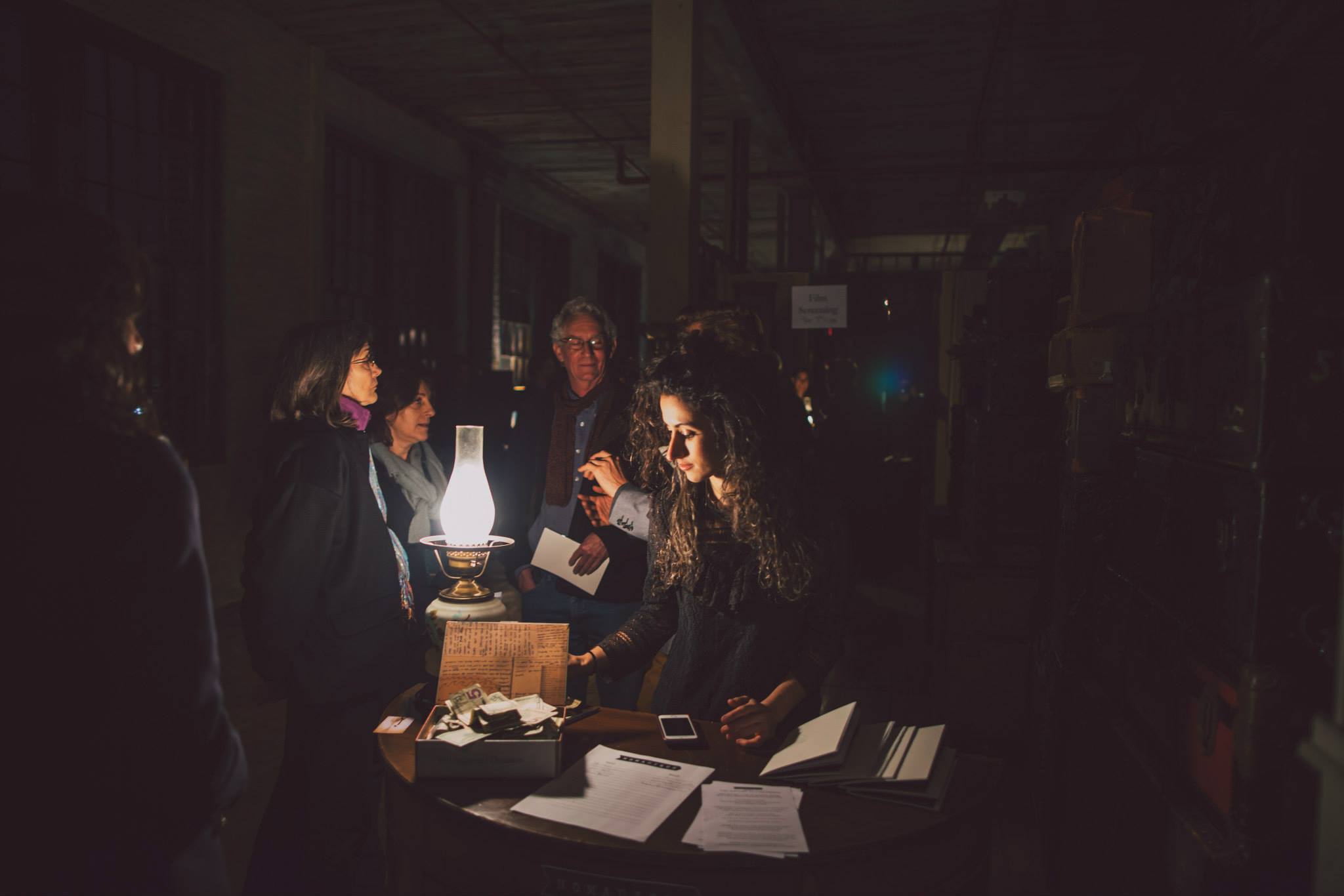
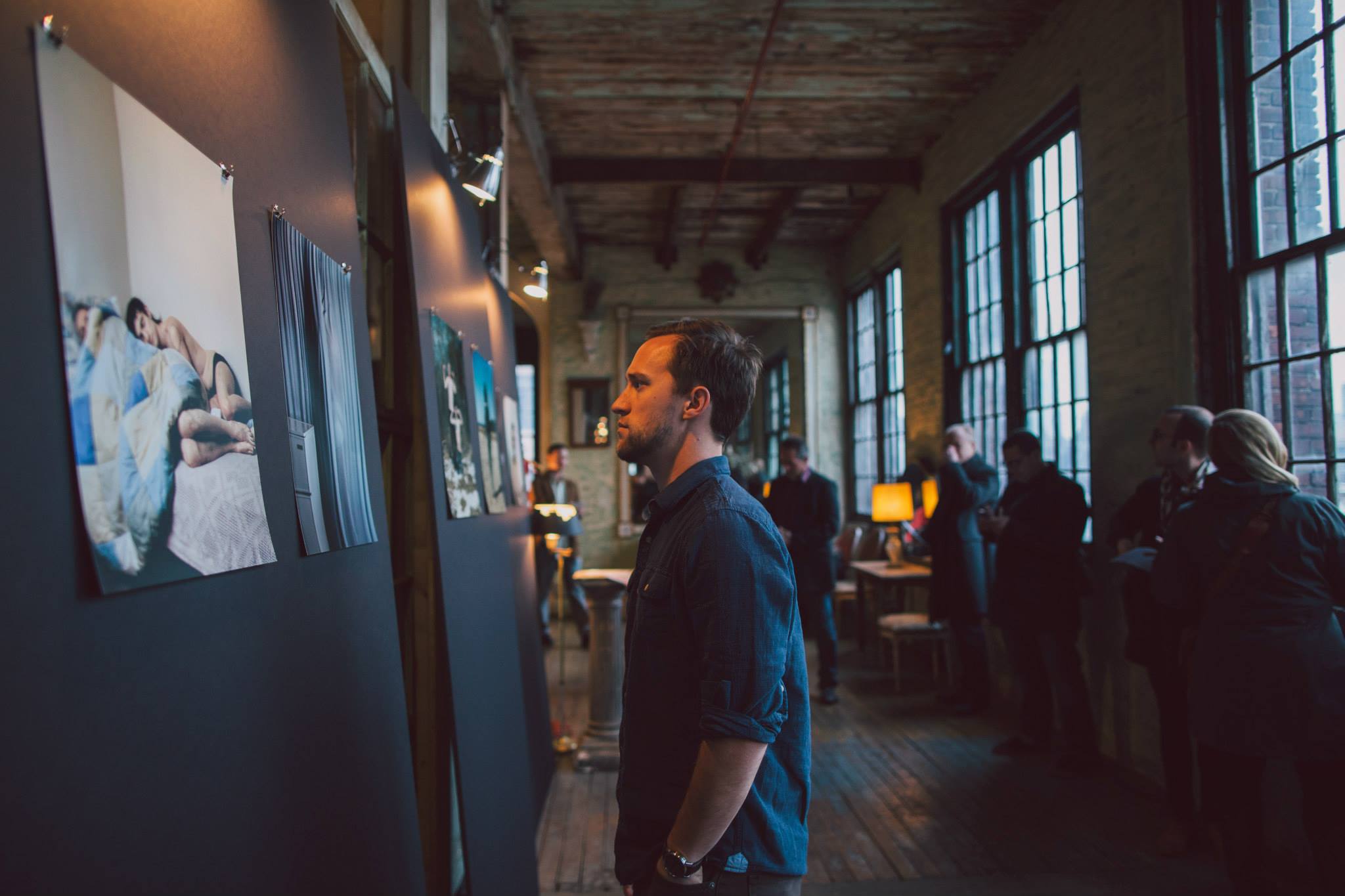


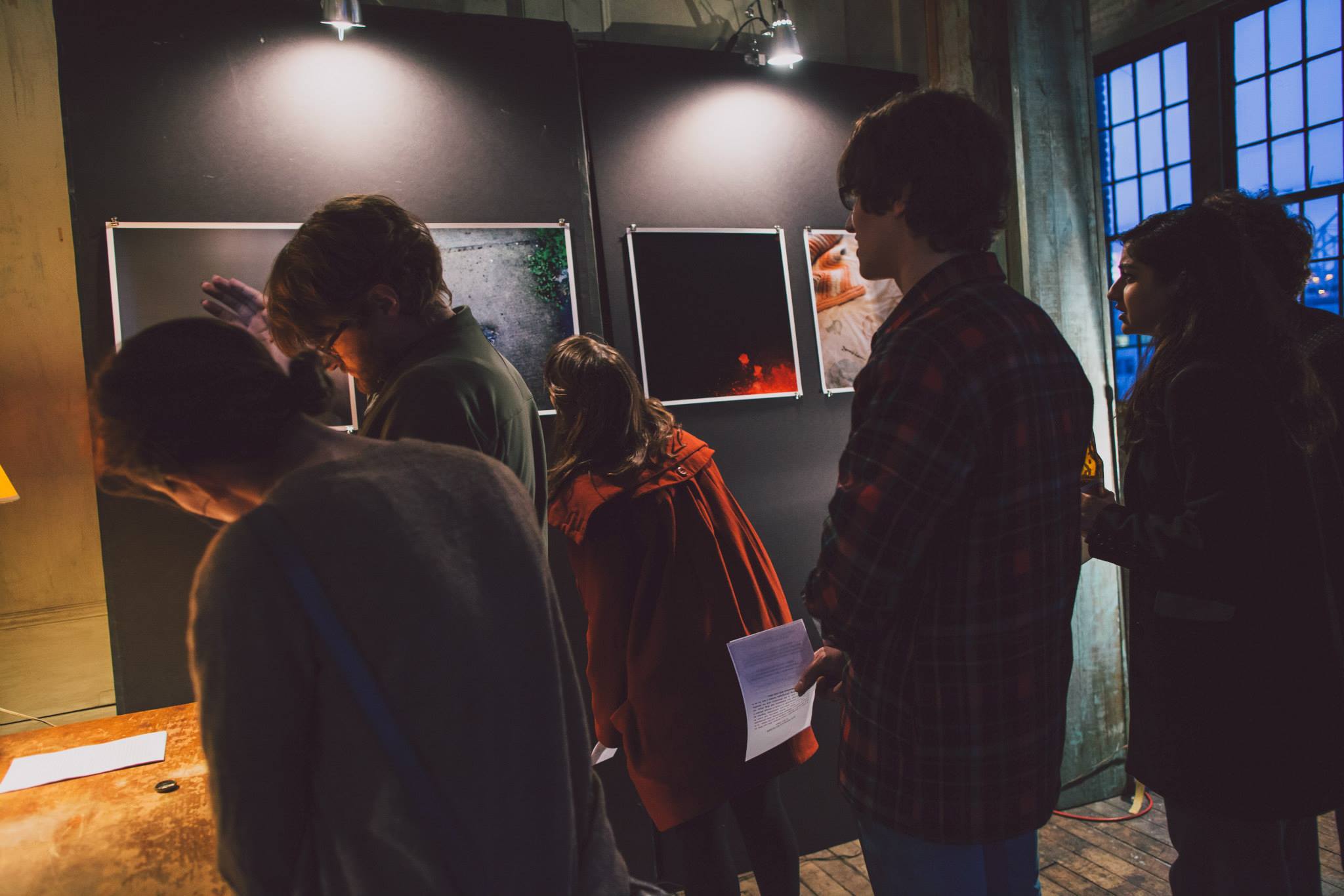
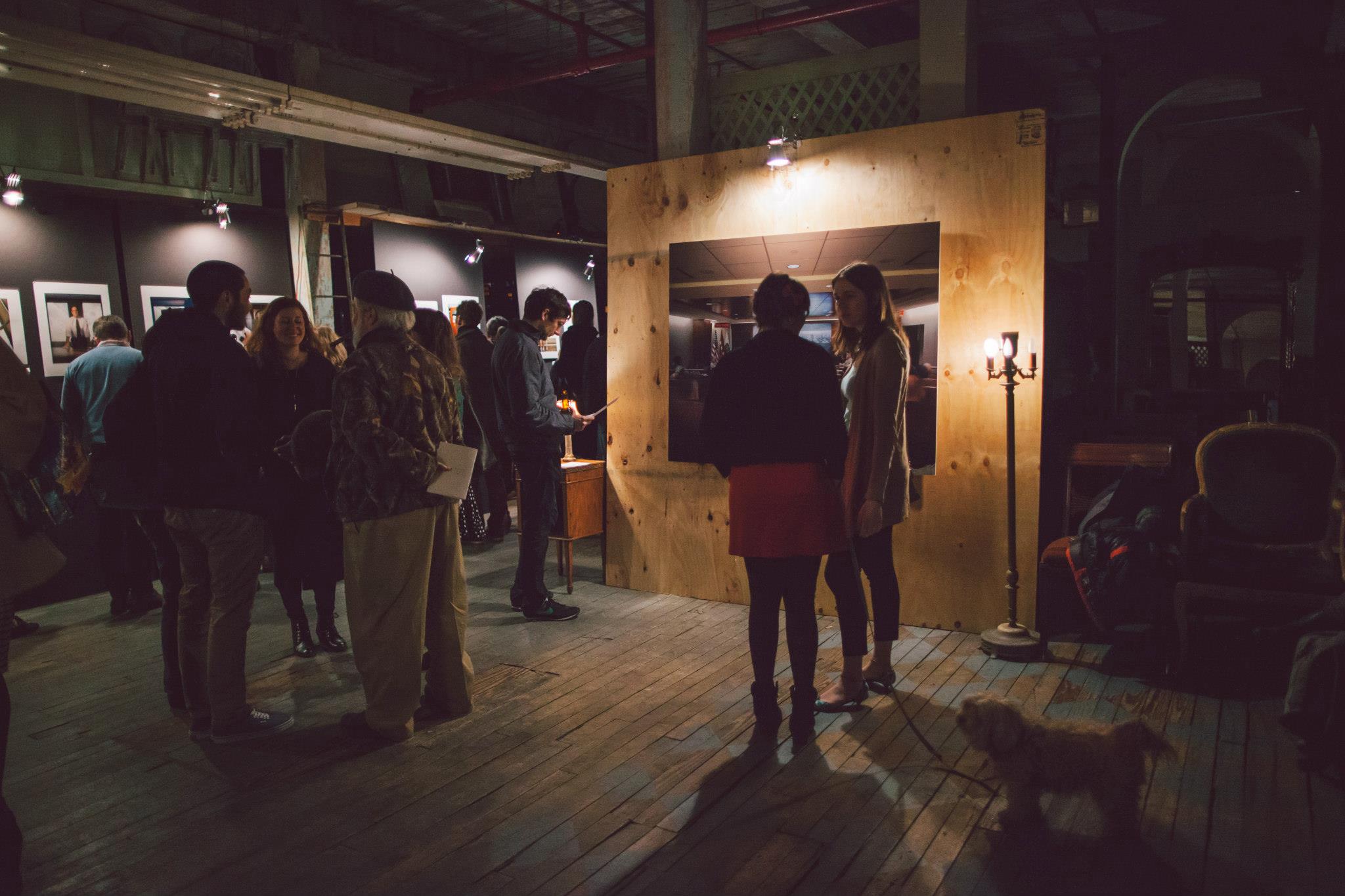
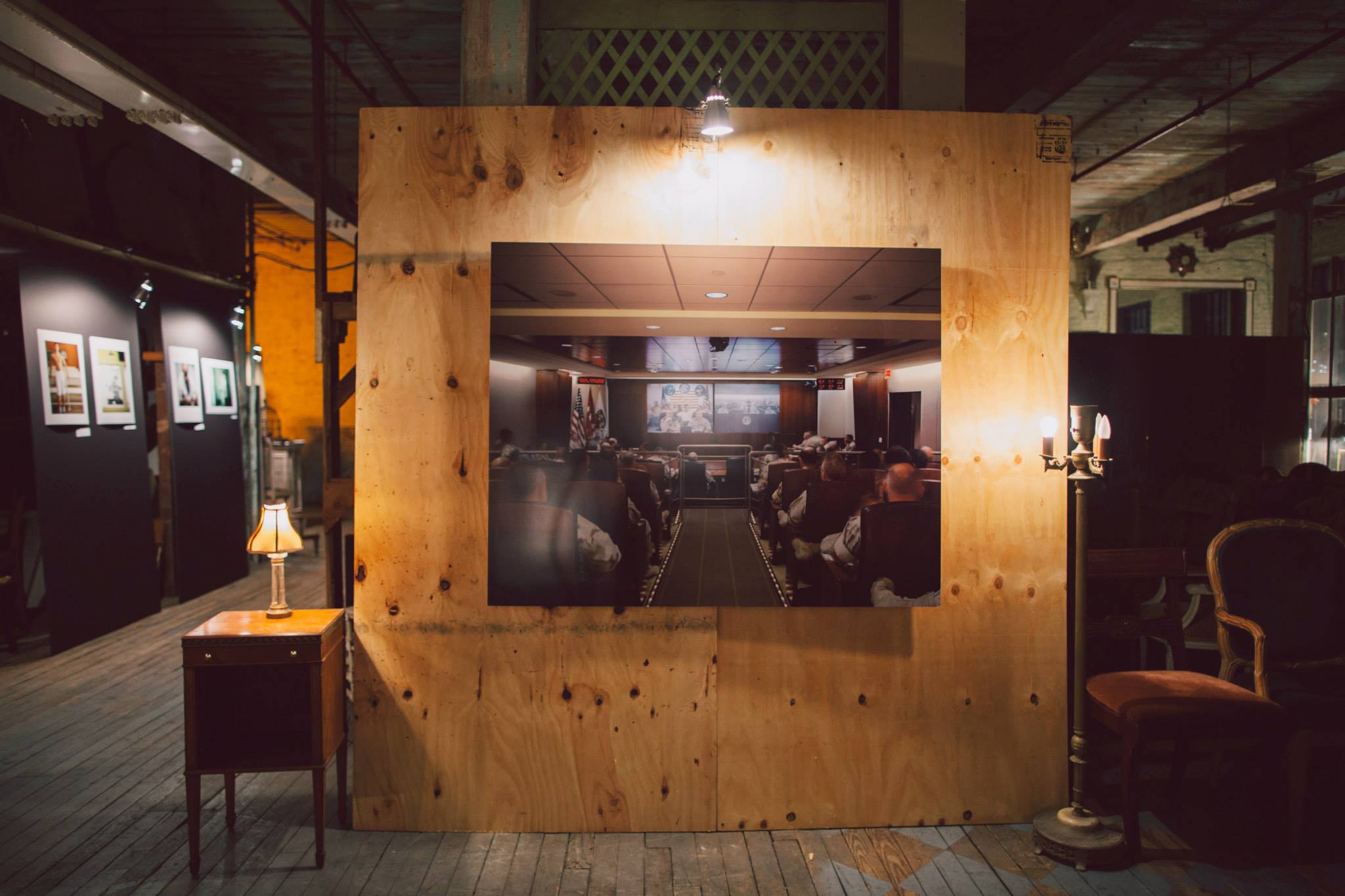
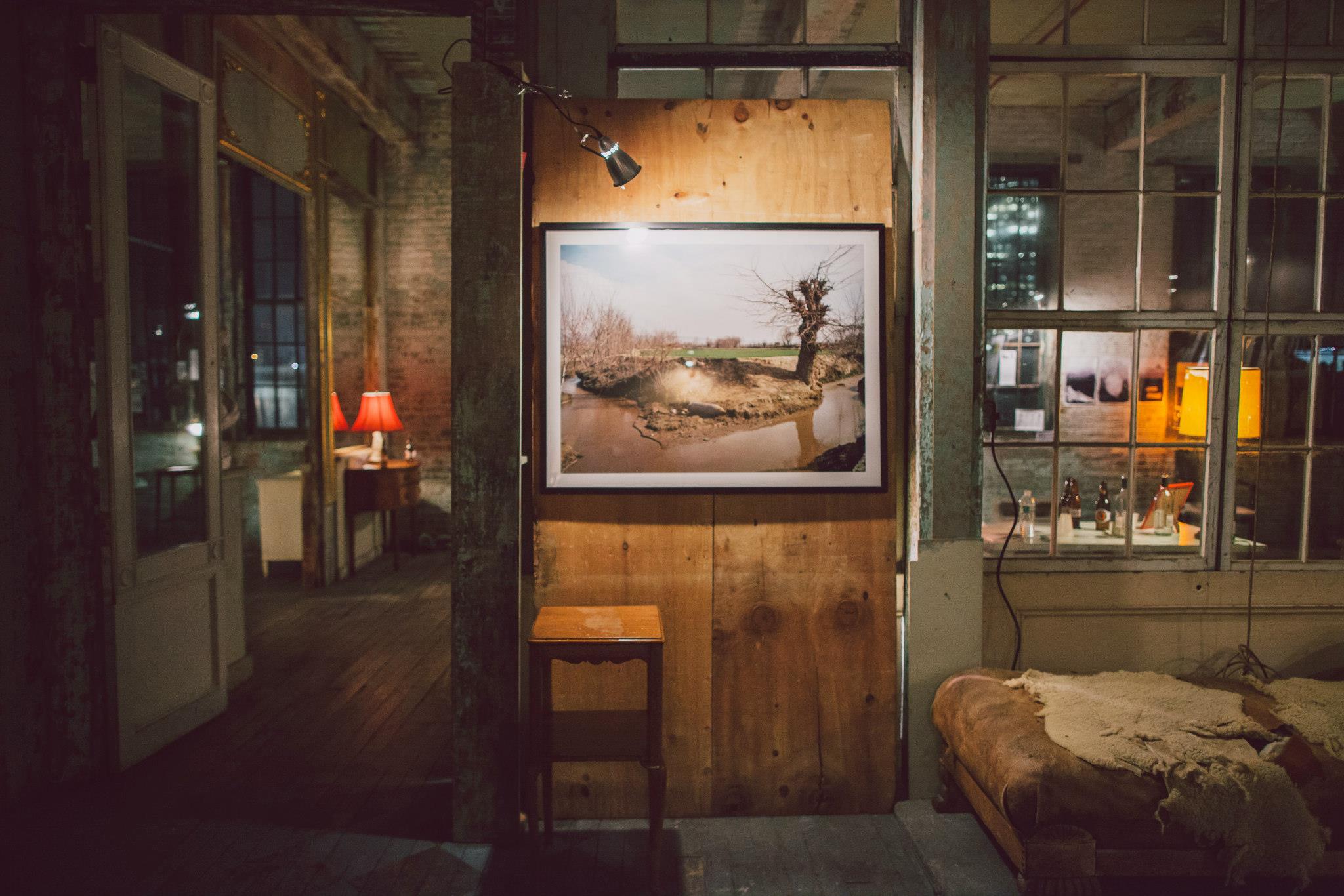
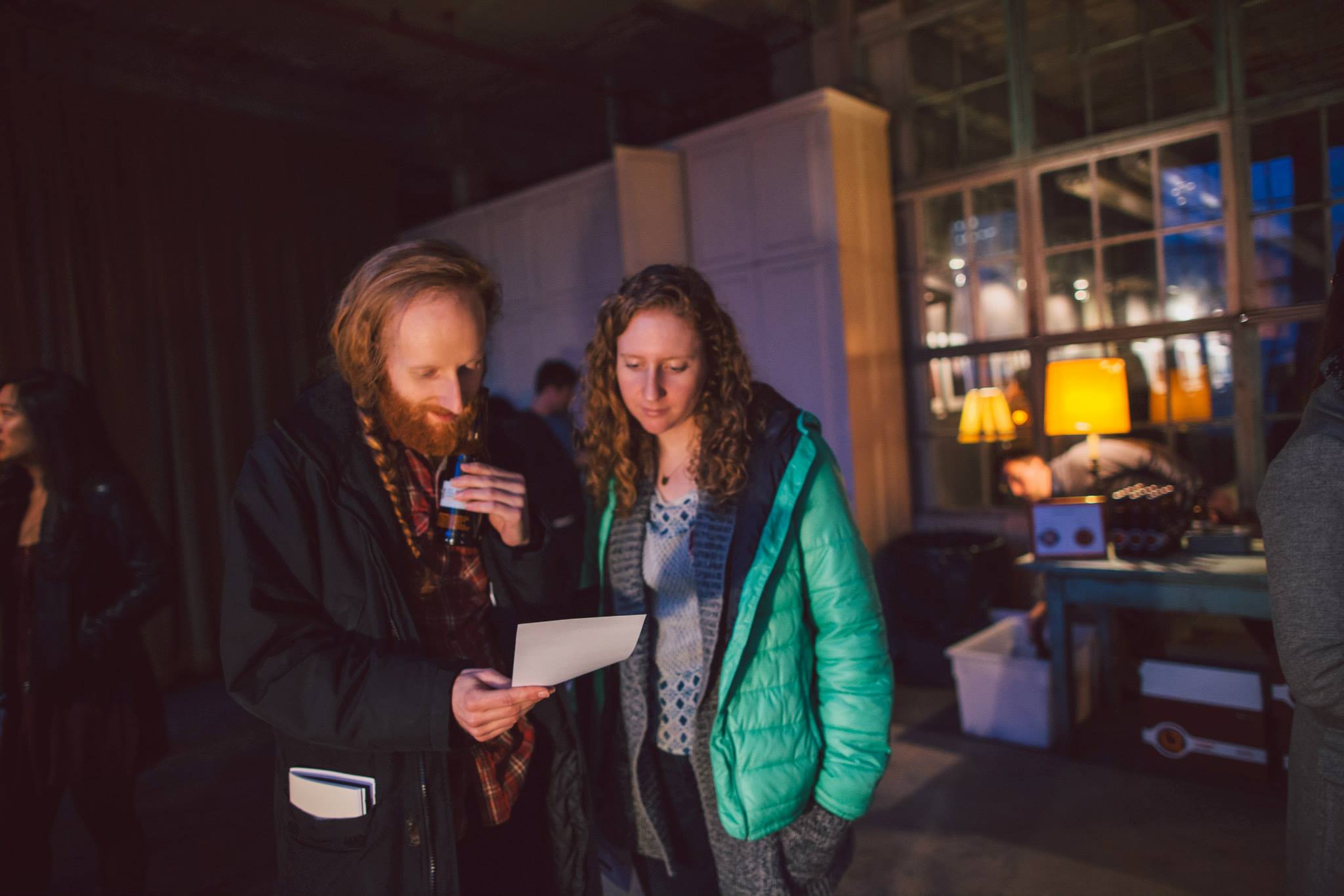
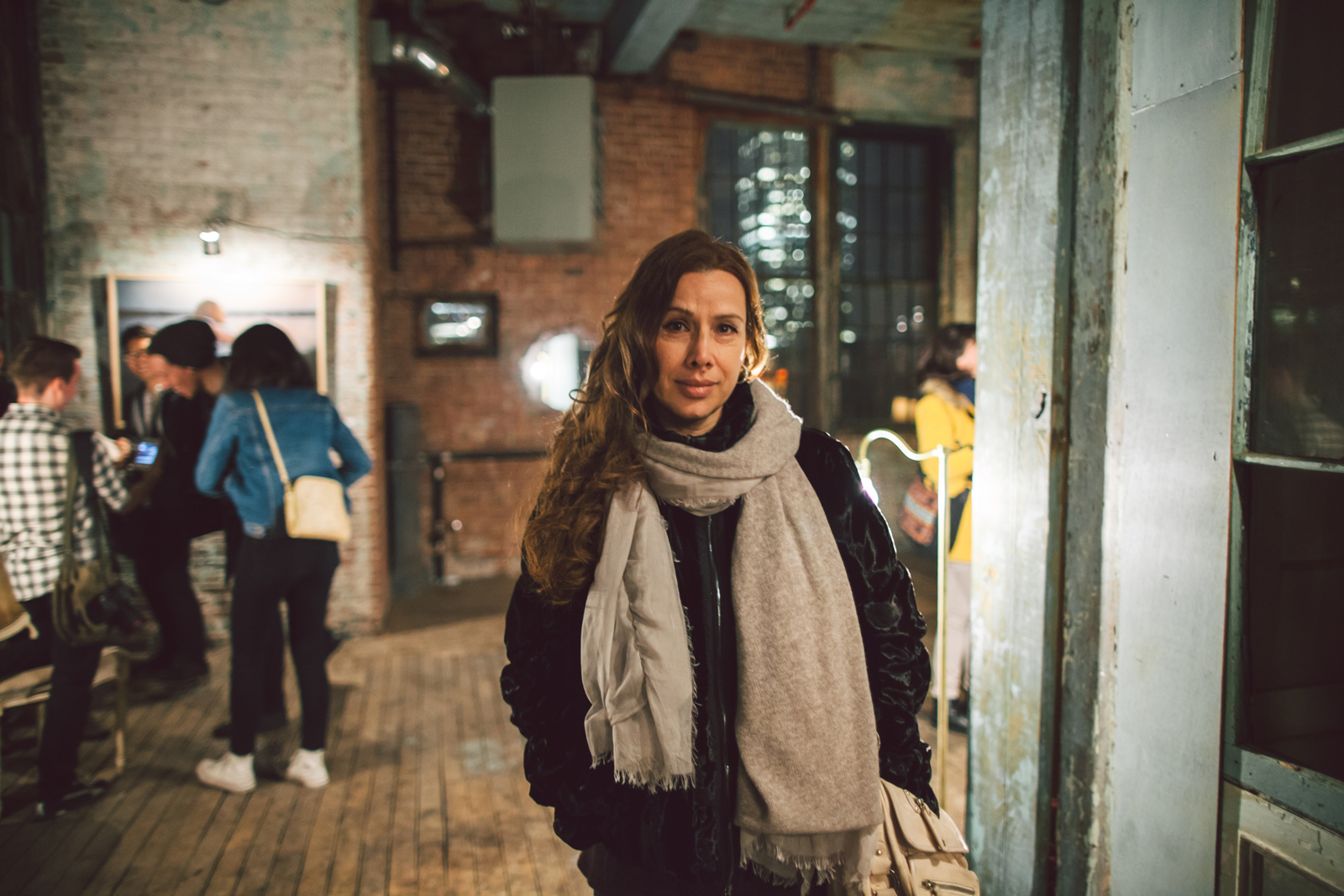

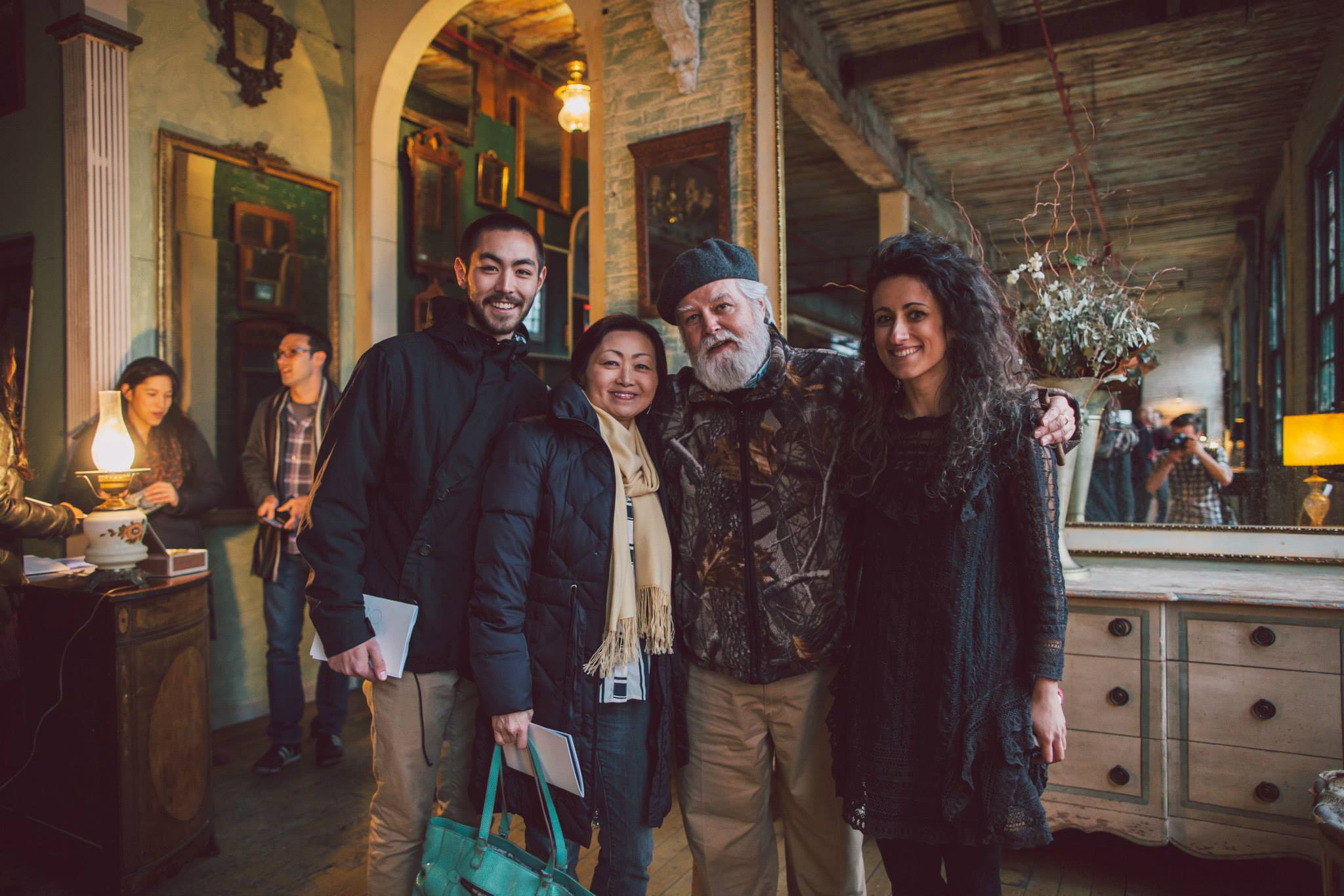
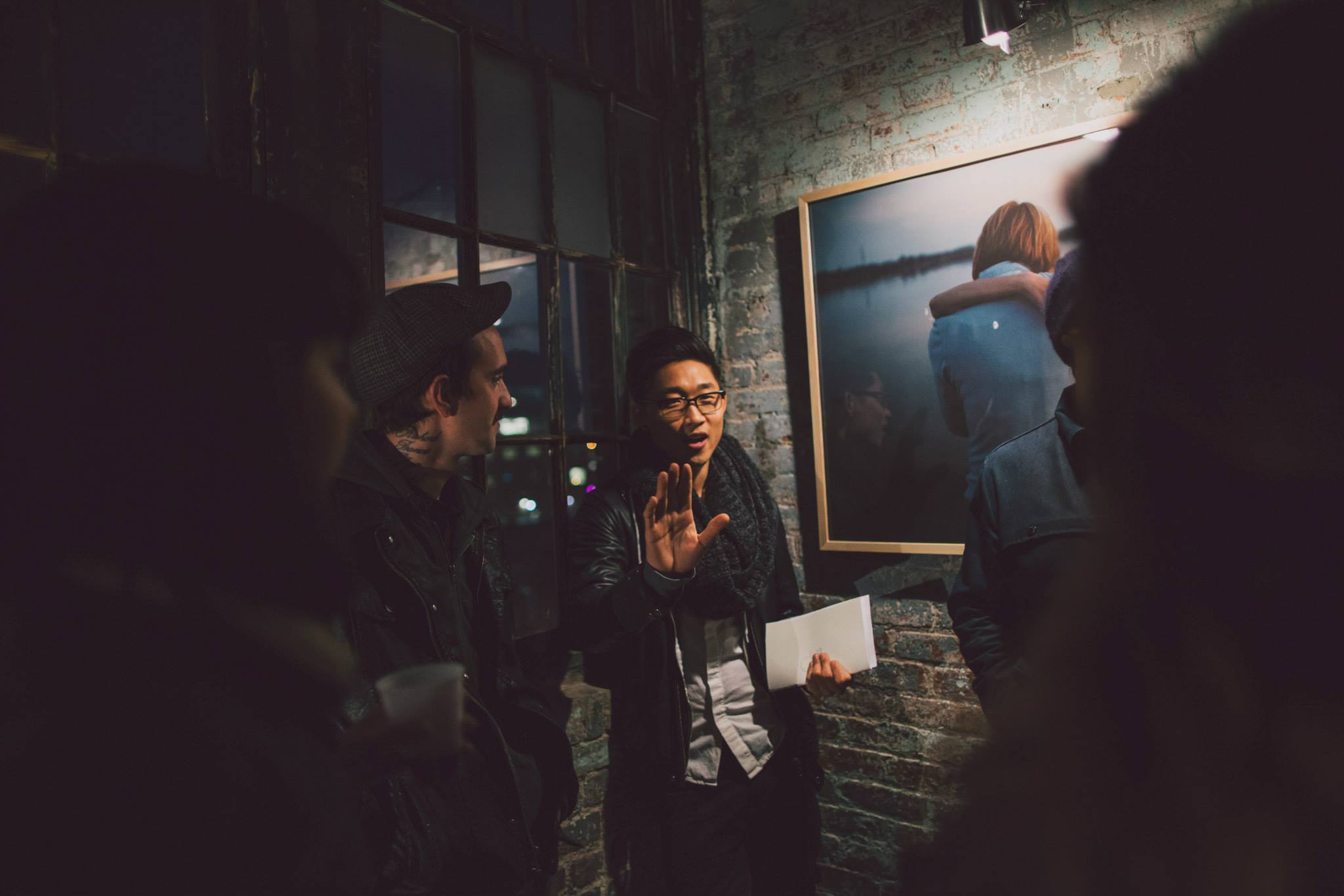
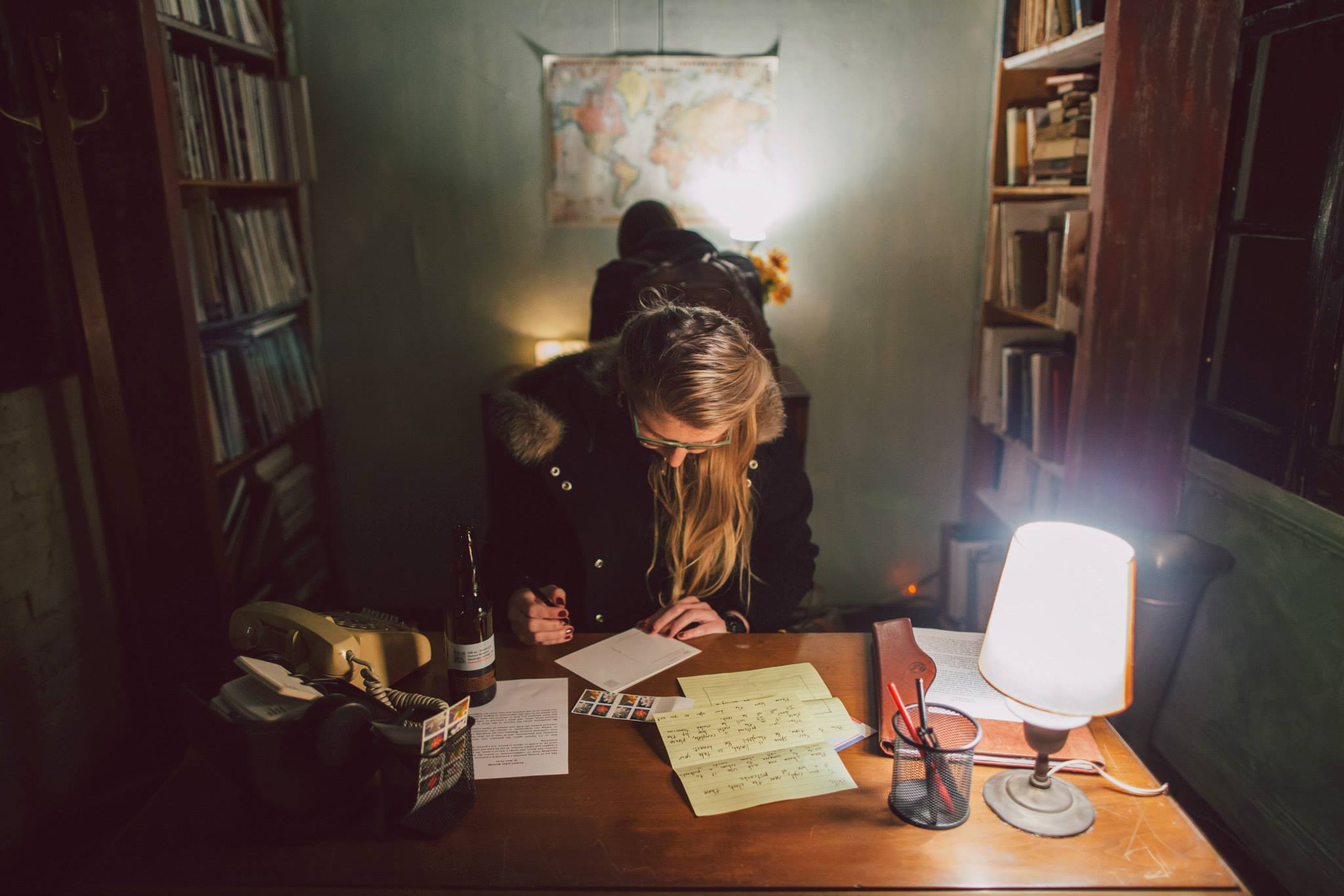

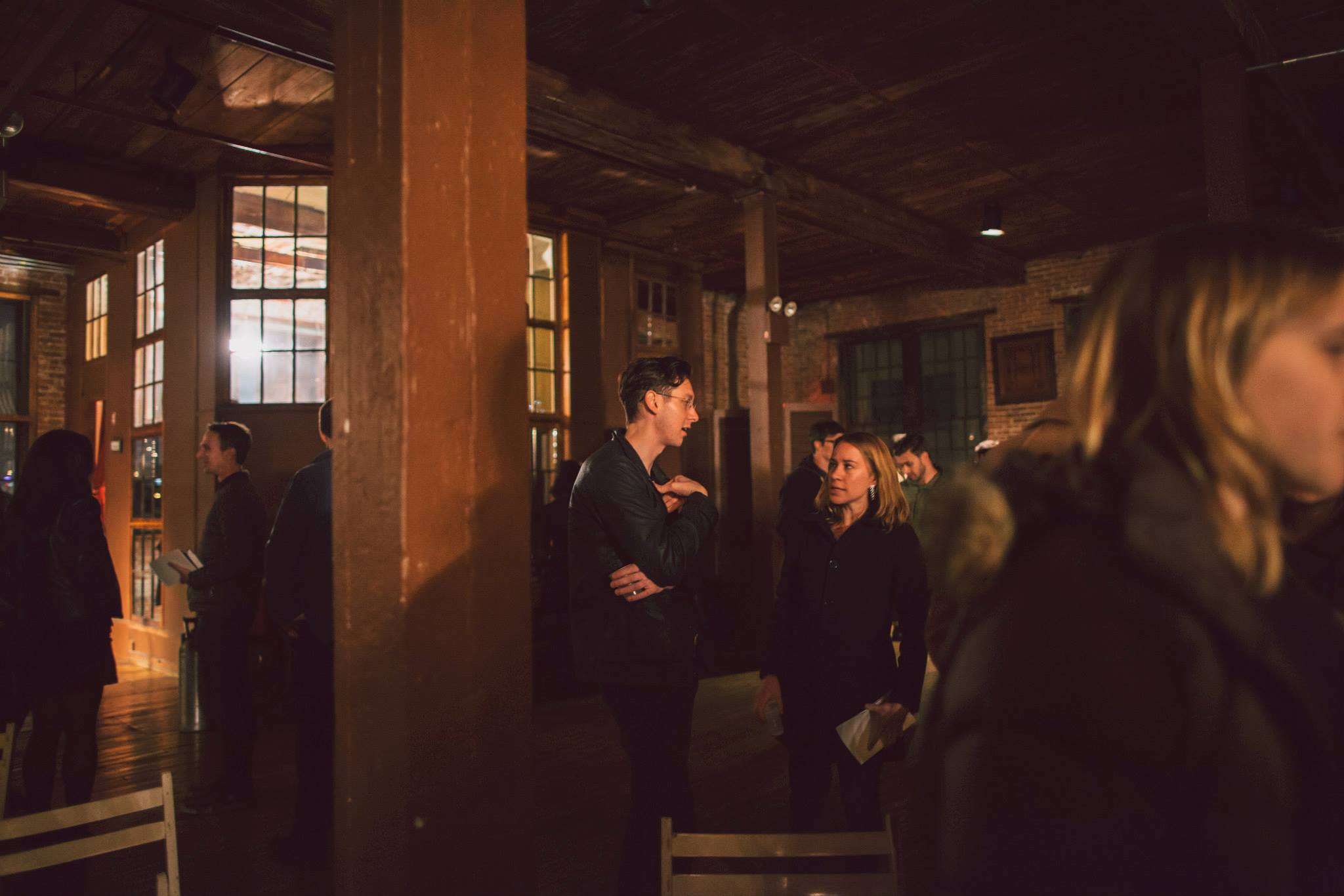
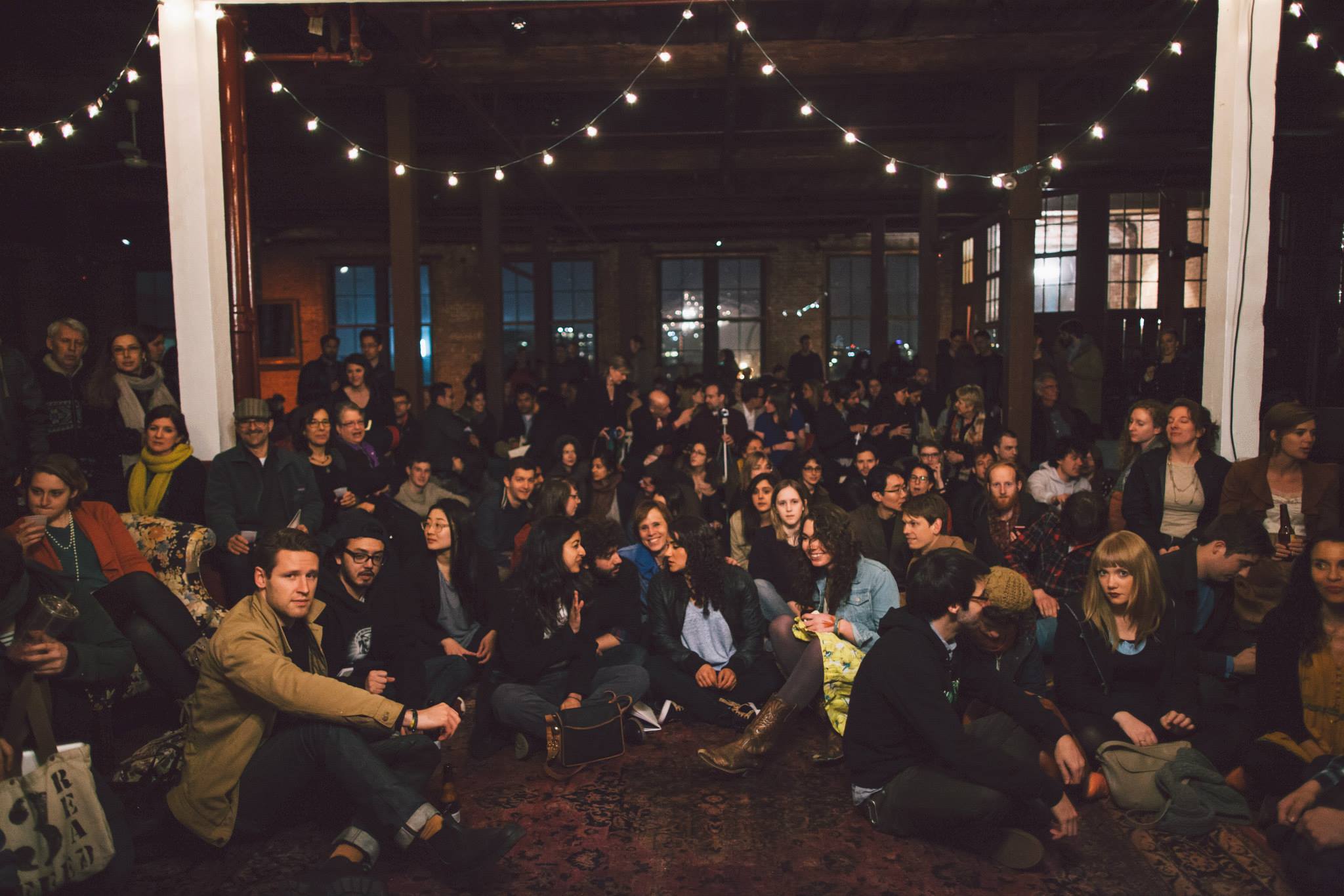
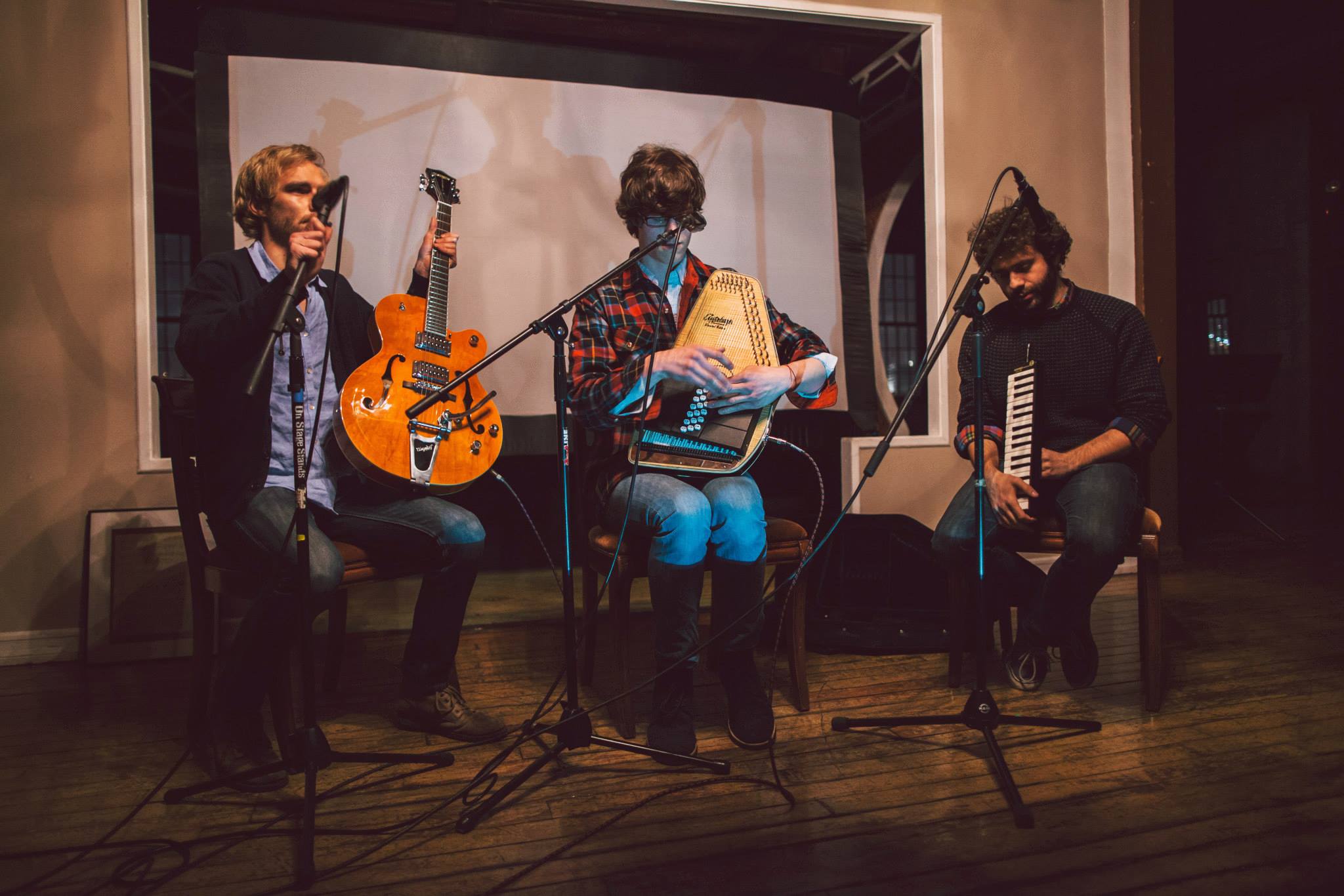
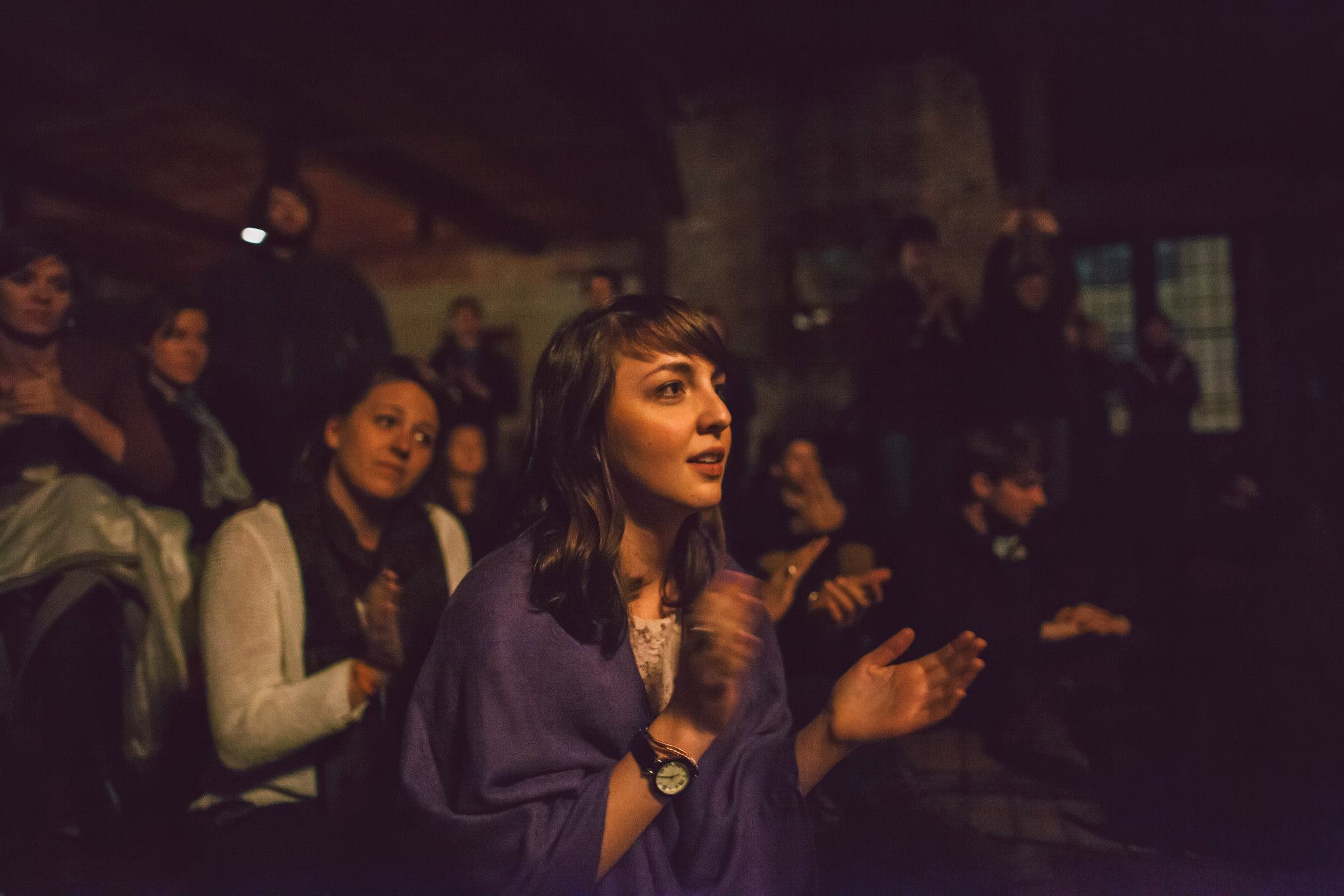
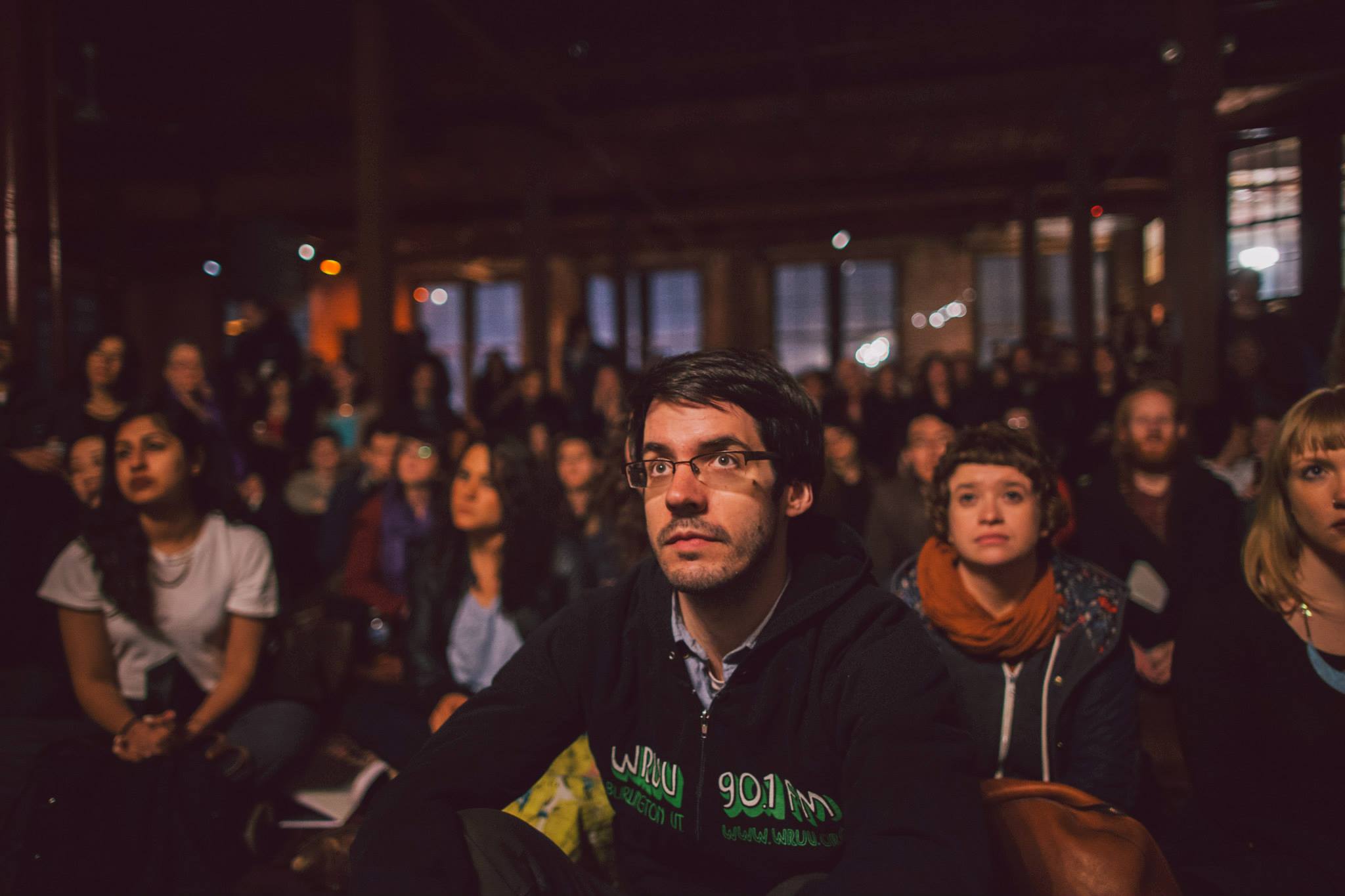
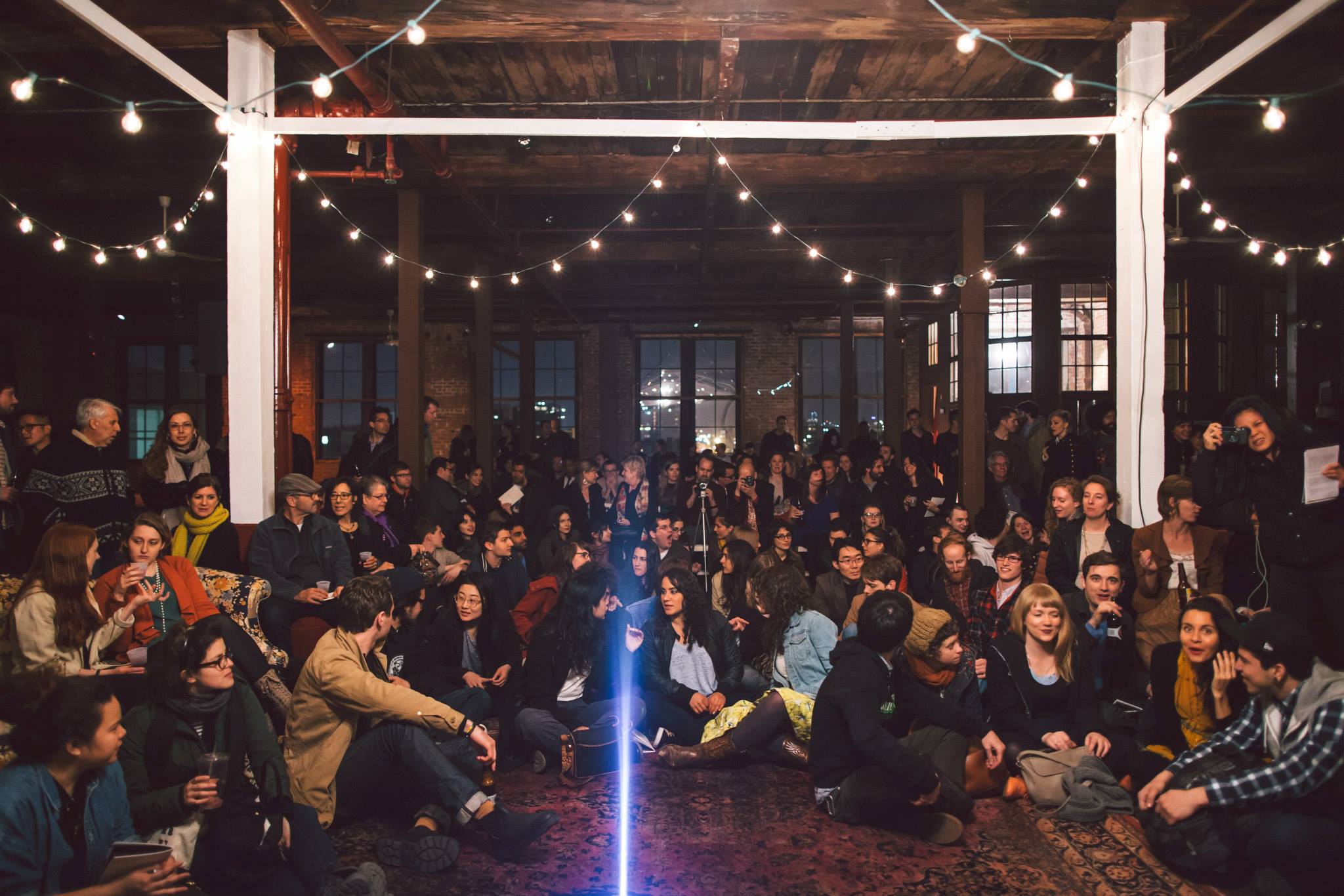


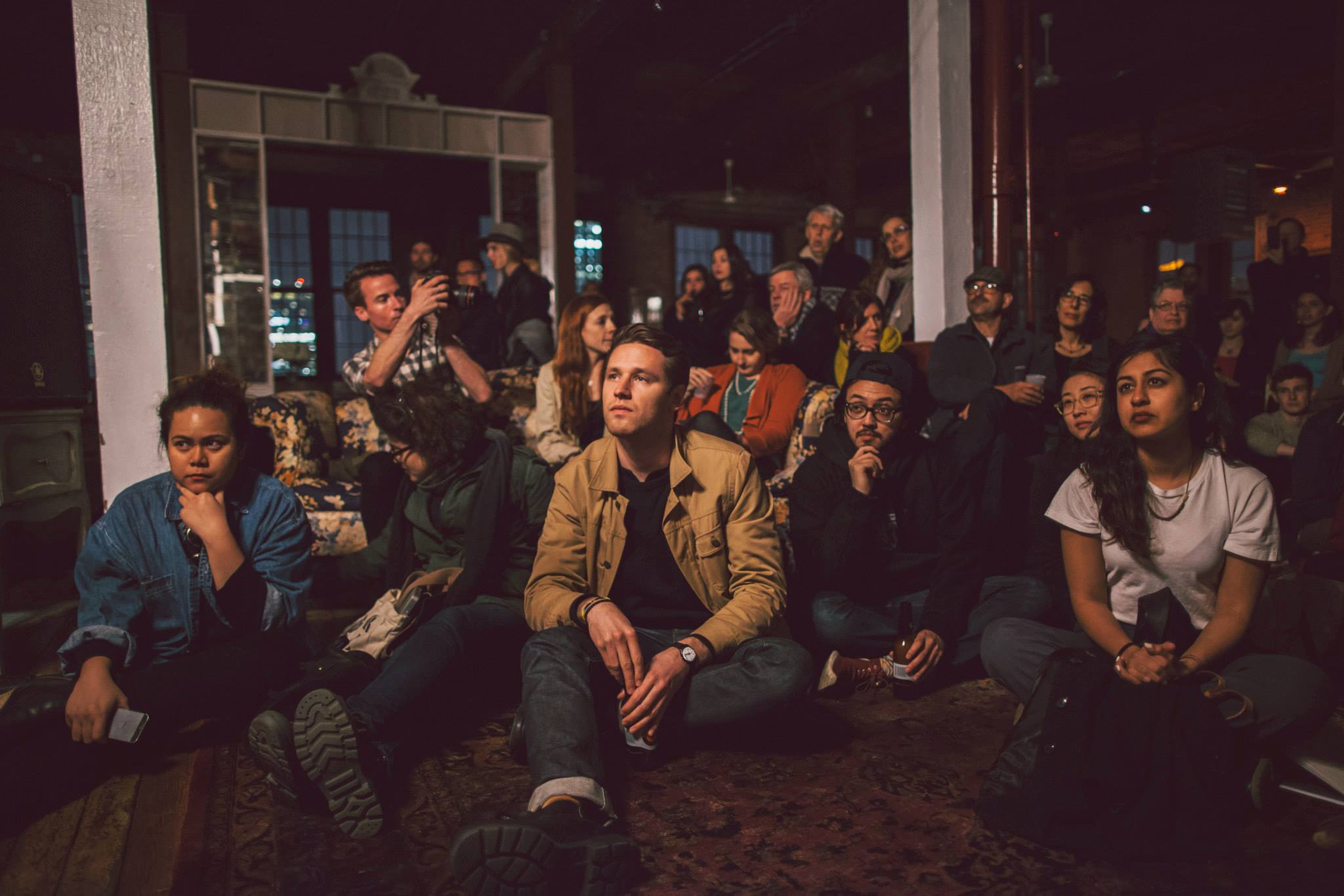
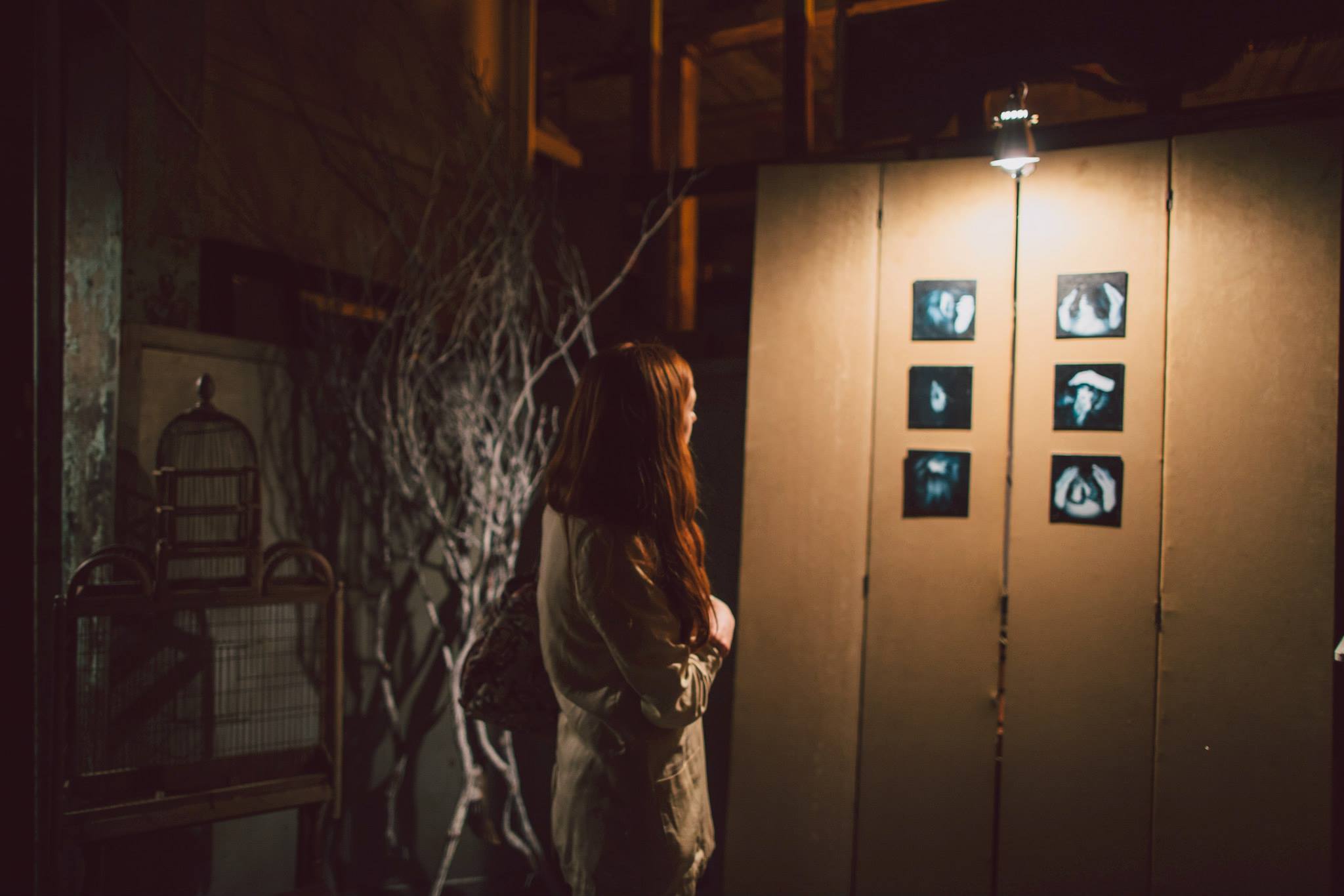
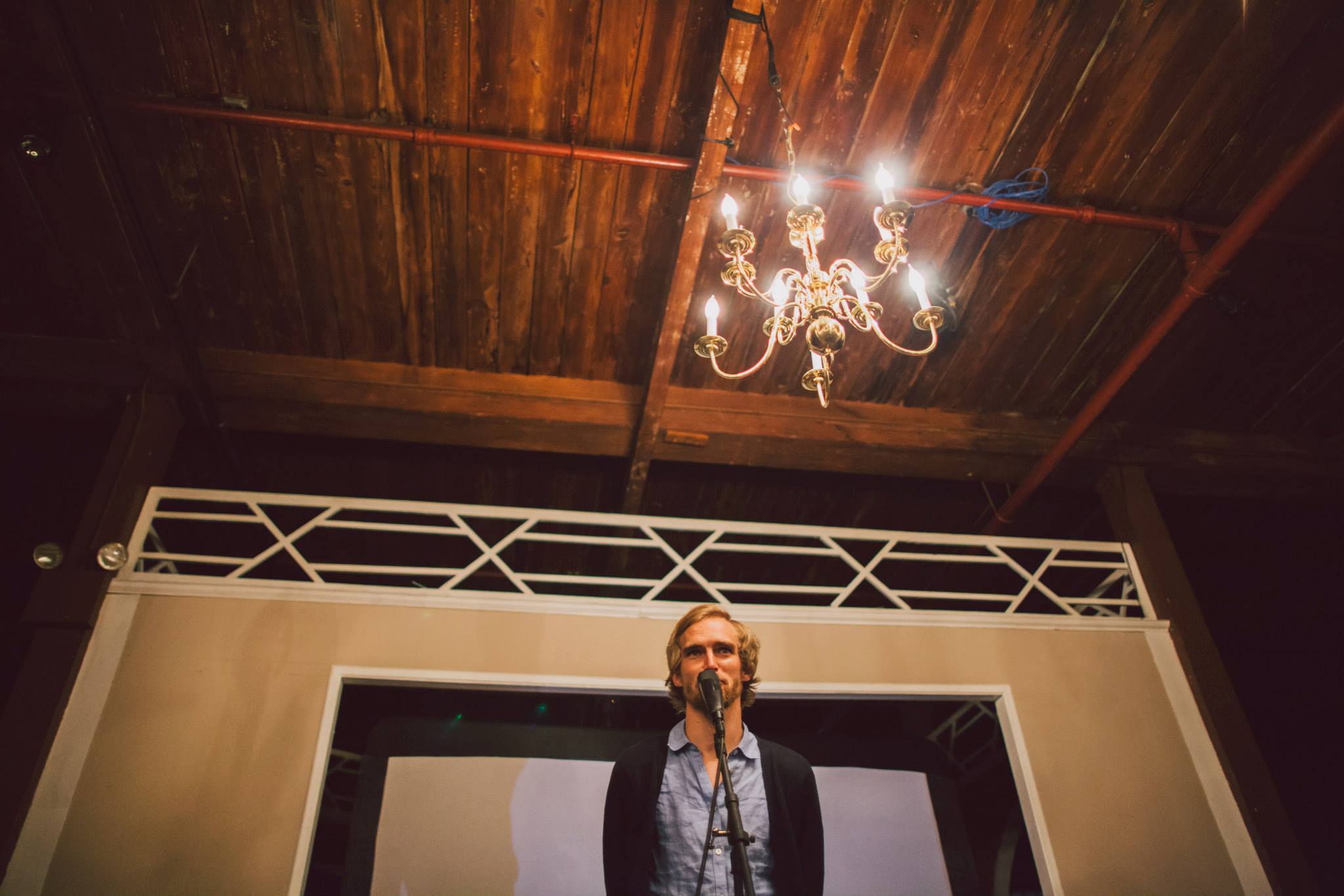
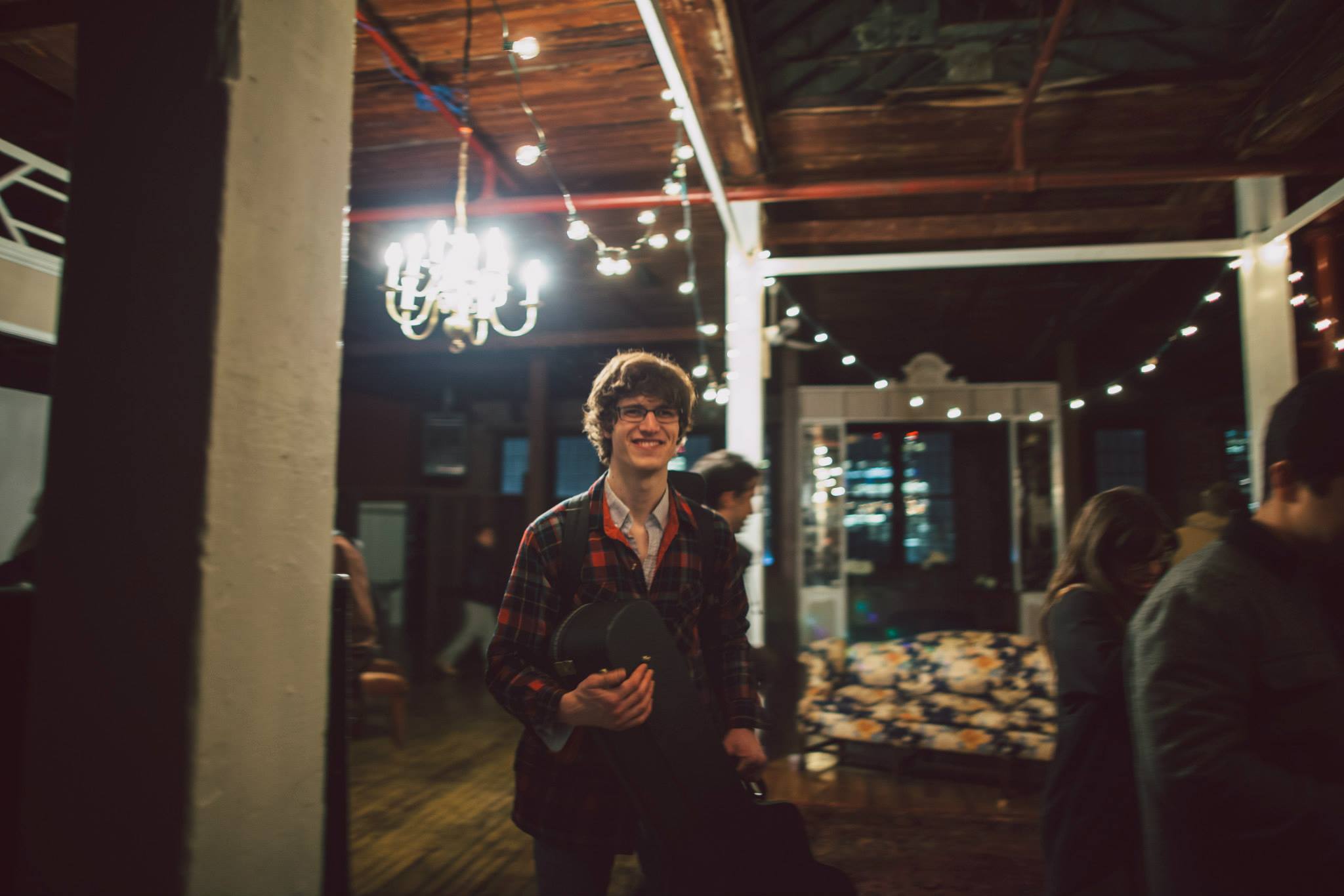
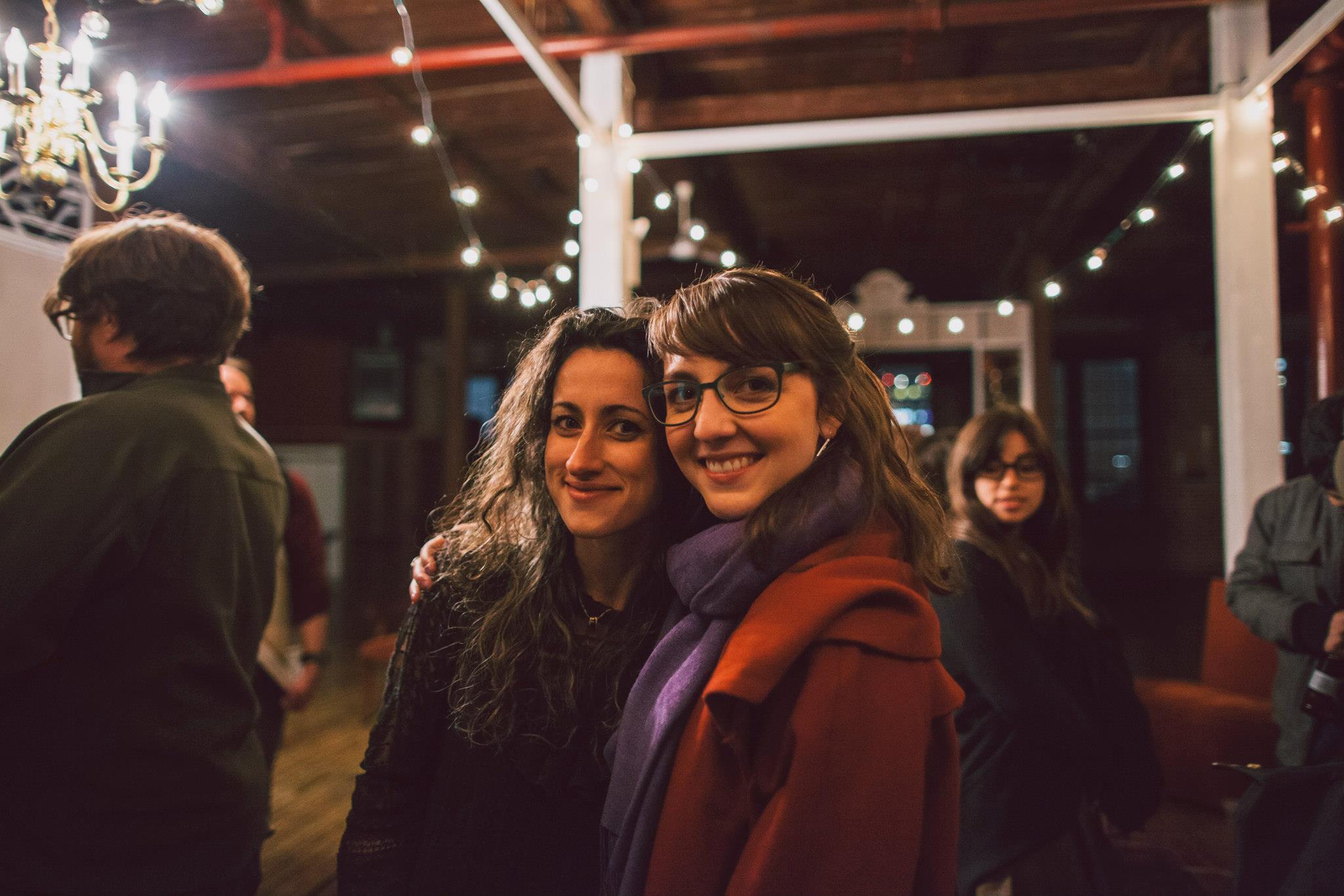
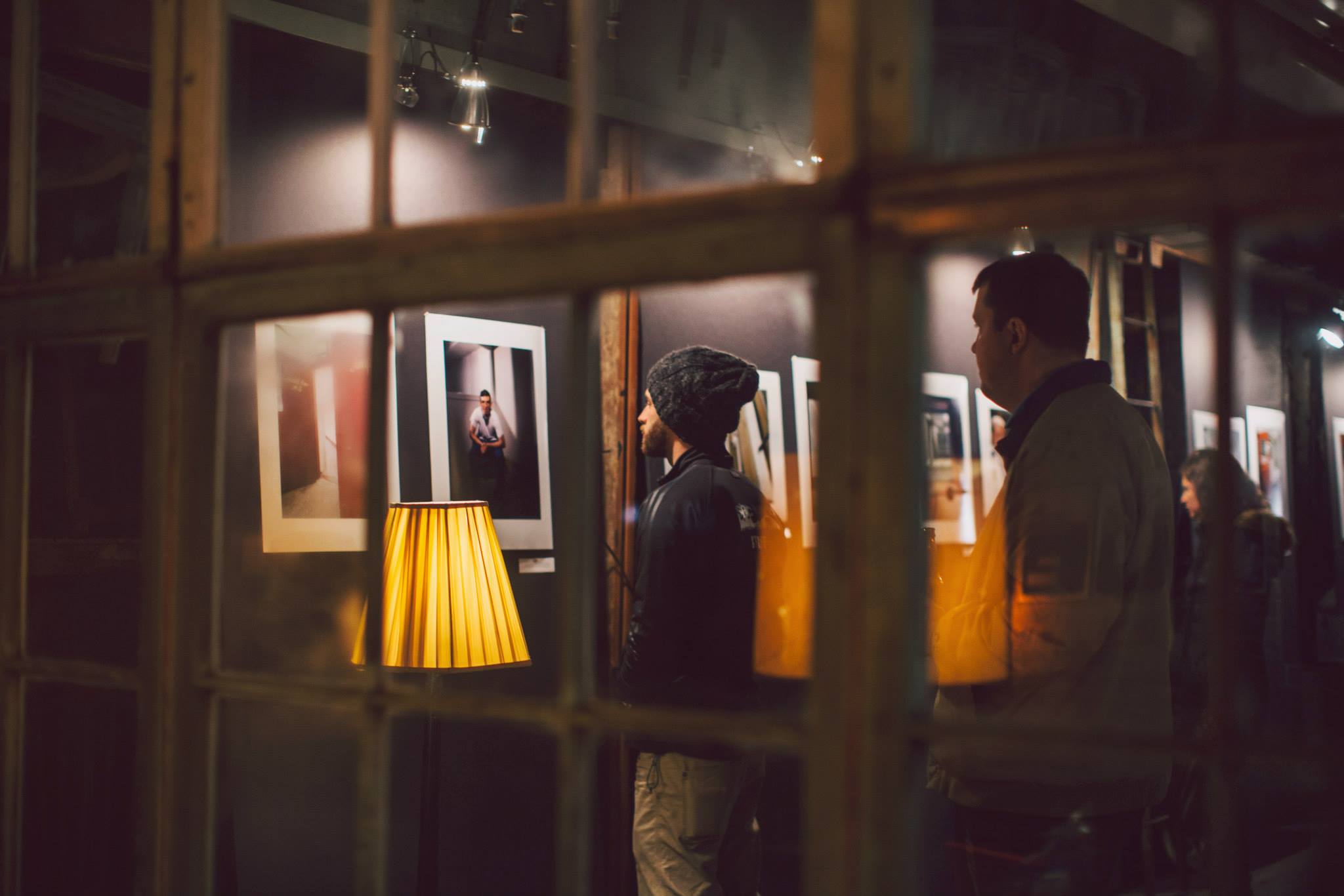
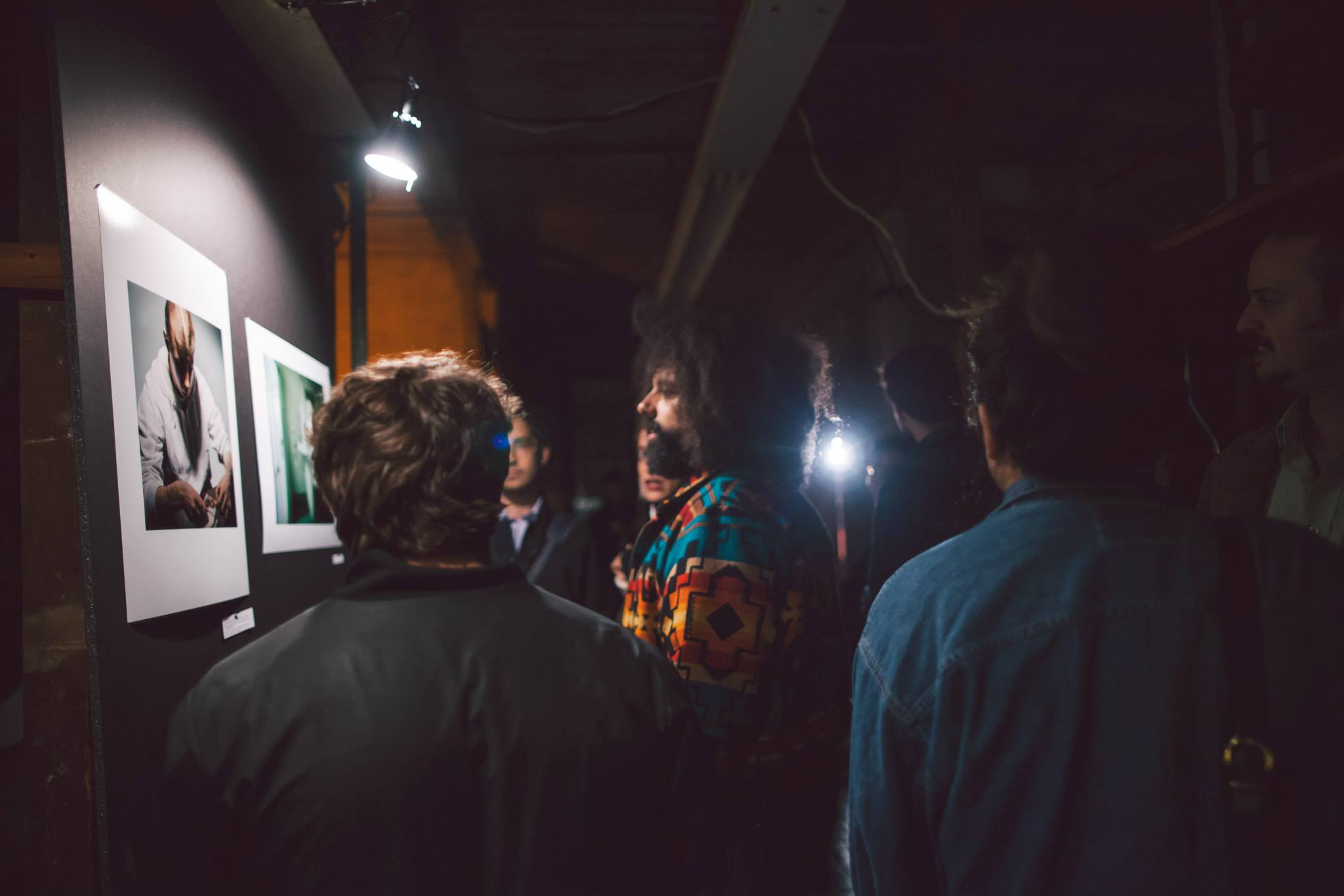
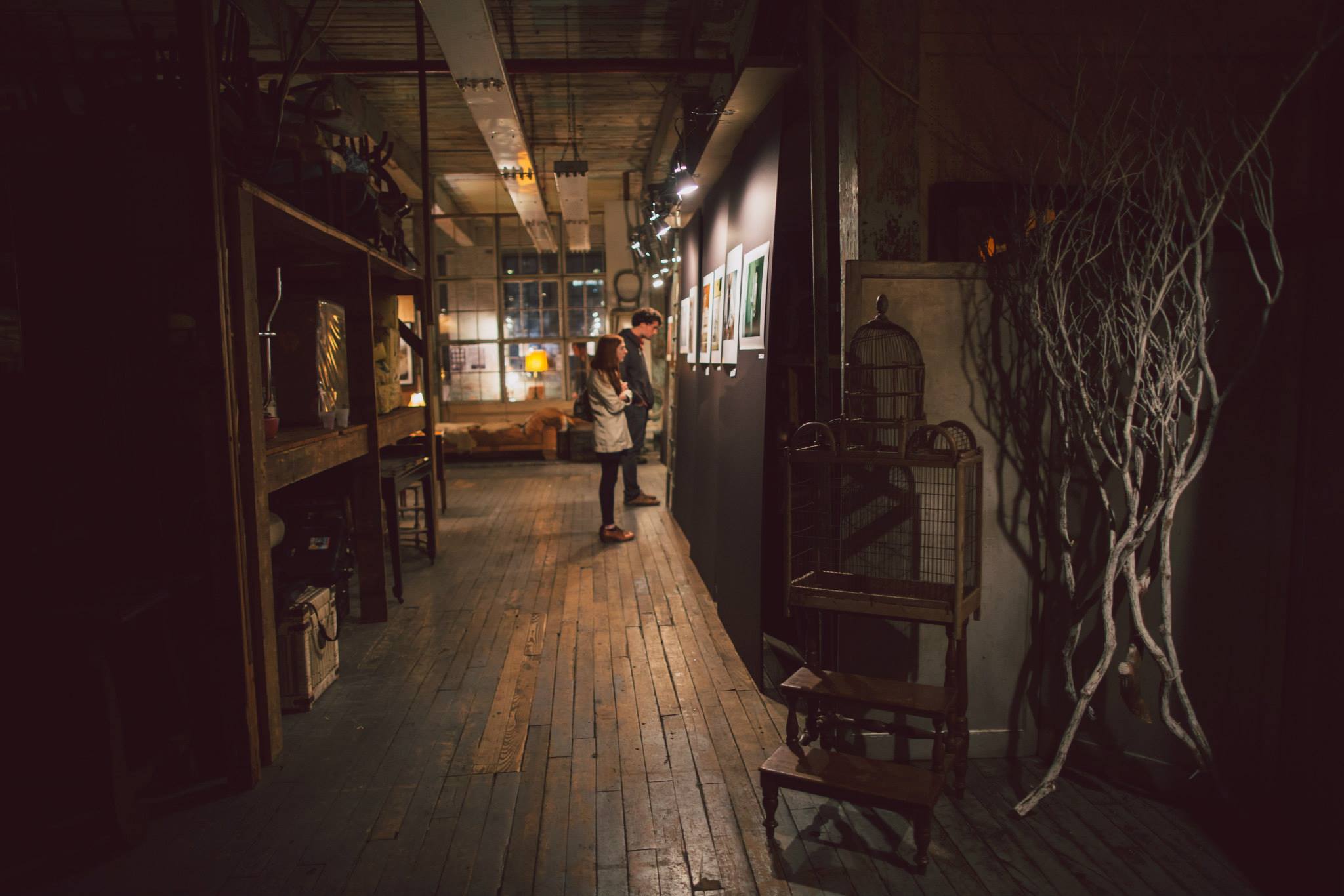

















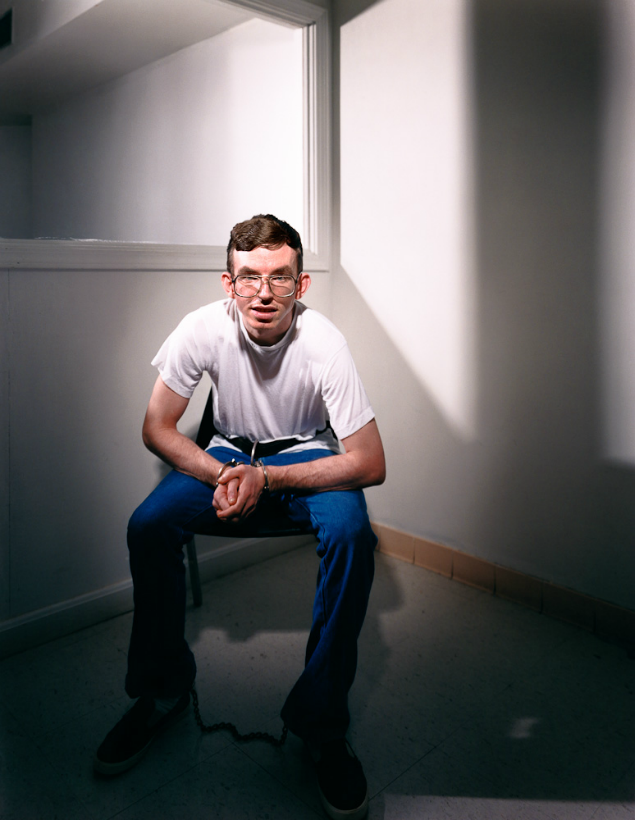

































































When Brenda Mayfield was betrayed by someone she trusted to protect her, she realized she needed to protect herself. This need later evolved into a passion for the martial arts. Today, Brenda is a martial arts teacher, or sensei, and has committed her life to passing on her art to children in the community.
Film by Ora Dekornfeld